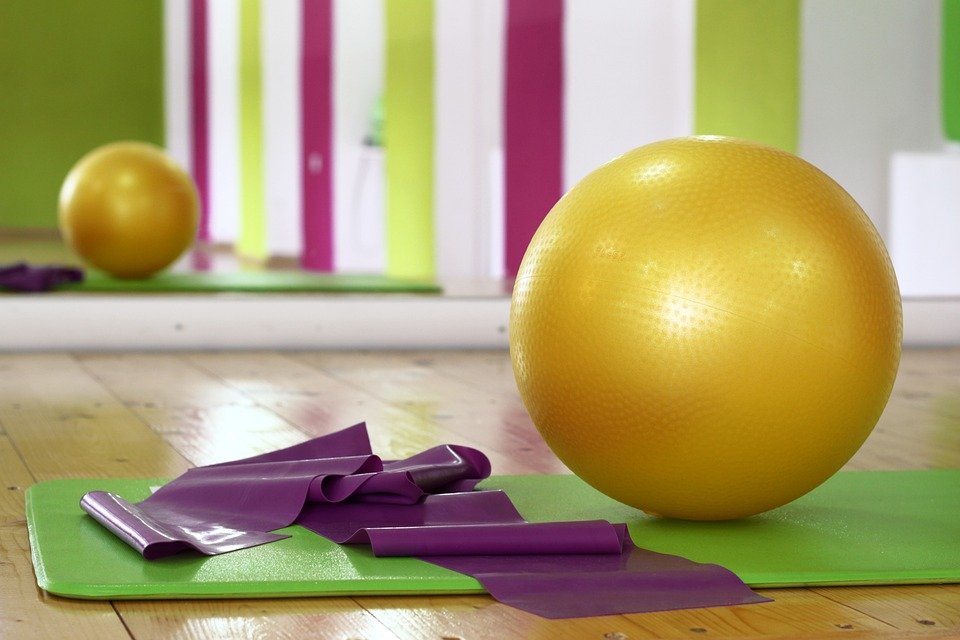Pilates vs. Yoga: Understanding the Key Differences
When it comes to mind-body exercises, two popular practices that often come to mind are Pilates and yoga. While both have gained immense popularity in recent years, it’s important to understand the key differences between the two to find the practice that best suits your needs and goals. In this article, we will delve into the origins, principles, benefits, and practices of Pilates and yoga, helping you make an informed decision about which one to incorporate into your fitness routine.
Origins and Principles
Pilates, named after its creator Joseph Pilates, was developed in the early 20th century as a rehabilitation program for World War I soldiers. Pilates aimed to strengthen the core muscles, improve flexibility, and enhance overall body control and coordination. It focuses on precise movement, alignment, and breath control to restore balance and harmony to the body.
On the other hand, yoga has ancient origins dating back thousands of years in India. It encompasses a holistic approach to physical, mental, and spiritual well-being. Yoga combines physical postures, breath control, meditation, and ethical principles to achieve unity between the mind, body, and spirit.
Physical Differences
While both Pilates and yoga share some common ground in terms of promoting strength, flexibility, and overall well-being, there are distinct physical differences between the two practices.
Pilates primarily focuses on strengthening the core muscles, including the abdominals, back, and pelvic floor. It utilizes specialized equipment such as reformers, cadillacs, and barrels to provide resistance and support during exercises. Pilates exercises often involve controlled movements with a strong emphasis on proper alignment and form.
Yoga, on the other hand, comprises a wide range of practices and styles, each with its own focus and intensity. Physical postures, also known as asanas, are a key component of yoga. These postures aim to increase flexibility, endurance, and balance. Yoga often incorporates flowing sequences, static holds, and inversions to challenge the body and promote physical strength.
Breathing Techniques
Both Pilates and yoga emphasize the importance of breath control, but the techniques used differ.
In Pilates, a technique called “lateral thoracic breathing” is commonly utilized. This involves inhaling deeply through the nose, expanding the rib cage laterally, and exhaling fully through the mouth. The breath is coordinated with specific movements to enhance core engagement and body awareness.
In yoga, breathing techniques, known as pranayama, play a vital role in the practice. Techniques like ujjayi breath, which involves breathing in and out through the nose while slightly constricting the back of the throat, are used to cultivate a focused and calm mind. Pranayama techniques can also be energizing or relaxing, depending on the desired effect.
Benefits
Both Pilates and yoga offer a myriad of benefits for the mind and body. Here are some key advantages of each practice:
Pilates:
1. Strengthens core muscles, improving posture and stability.
2. Enhances body awareness and coordination.
3. Increases flexibility and joint mobility.
4. Aids in injury prevention and rehabilitation.
5. Enhances athletic performance and functional fitness.
Yoga:
1. Improves flexibility, balance, and strength.
2. Reduces stress, anxiety, and depression.
3. Increases body awareness and mindfulness.
4. Promotes relaxation and better sleep.
5. Boosts cardiovascular health and immune function.
FAQs
Q: Can Pilates and yoga be combined?
A: Absolutely! Many individuals find that incorporating both practices into their fitness routine provides a well-rounded approach to mind-body wellness. Pilates can complement yoga by strengthening the core muscles, which can enhance stability and alignment during yoga postures.
Q: Which practice is better for weight loss?
A: While both Pilates and yoga can contribute to weight loss by increasing muscle tone and burning calories, it ultimately depends on the intensity and duration of the practice. More vigorous yoga styles such as power or vinyasa yoga may have a higher caloric burn compared to a gentle Pilates session.
Q: Are Pilates and yoga suitable for beginners?
A: Yes, both Pilates and yoga can be modified to suit beginners. It’s important to start with beginner-friendly classes or seek guidance from trained instructors who can provide proper alignment cues and modifications.
Q: Is Pilates or yoga better for rehabilitation purposes?
A: Pilates was initially developed as a rehabilitation program and can be highly beneficial for individuals recovering from injuries or seeking postural correction. However, yoga also offers gentle practices that focus on flexibility, balance, and relaxation, making it suitable for rehabilitation purposes as well.
In conclusion, Pilates and yoga are both valuable practices that offer unique benefits for the mind and body. Pilates focuses on core strength, precision, and control, while yoga incorporates physical postures, breath control, and meditation to achieve overall well-being. By understanding the key differences between the two, you can choose the practice that aligns with your goals and preferences, or even combine elements of both for a holistic approach to fitness and wellness.


